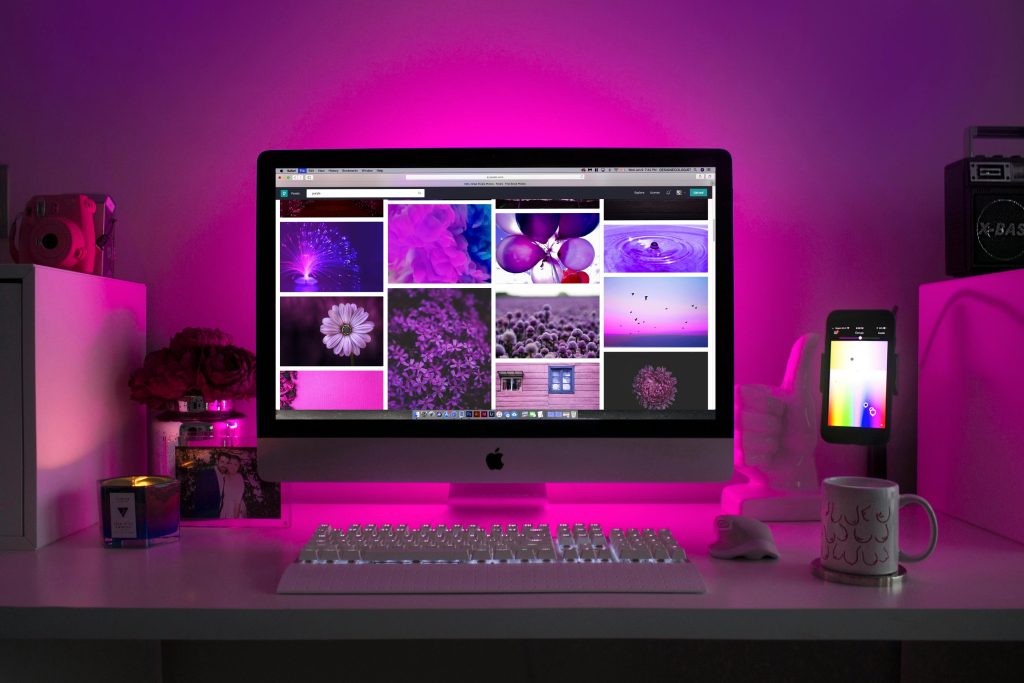Troubleshooting Multi-Monitor Issues: A Deep Dive into Windows 11 Update Challenges
In today’s digital landscape, the use of multiple monitors is becoming increasingly essential for enhancing productivity and multitasking efficiencies. Whether you’re a digital artist, data analyst, or stock trader, having more than one screen can be a game-changer. However, technology doesn’t always play nice, and sometimes updates and external factors can introduce unforeseen challenges. This blog post will dissect a common issue faced by many Windows users: a third monitor not working after a Windows 11 update. We’ll explore potential causes, troubleshooting steps, and deeper insights into the effects of such issues.
The Scenario: When A Reliable Setup Fails
You’ve been seamlessly using a triple-monitor setup for months, providing a wide digital workspace that enhances your workflow. Then, an anticipated Windows 11 update hits, and suddenly one of your crucial displays fails to detect any output. The problem doesn’t resolve before startup; reconnecting it after boot does make Windows acknowledge an external connection, but the monitor still doesn’t display anything. Worse still, the entire system becomes sluggish and unresponsive until the troublesome monitor is unplugged, at which point normalcy returns.
In this instance, the monitors are connected via a powerful NVIDIA GeForce 4080 Super GPU: two through DisplayPort (DP) and HDMI, and the problematic third via DisplayPort. Conventional troubleshooting methods such as updating NVIDIA and AMD drivers, checking device manager settings, and attempting to roll back updates—made futile by the unavailability of the option—don’t work.
Understanding the Root Cause
Before diving into solutions, let’s consider potential reasons for this breakdown post-update:
1. Compatibility Issues
Windows updates often include changes in the operating system’s kernel, drivers, and overall architecture. These changes might outpace the current capabilities of your drivers, especially GPU drivers which are crucial for multi-monitor setups. While new OS functionalities aim at enhancing performance, they sometimes render older drivers incompatible, leading to malfunctions.
2. Driver Conflicts
Multi-monitor setups demand precise coordination between hardware and software, primarily via GPU drivers. The conflict can occur if the updated system requires drivers with specific compatibility that your current driver’s version doesn’t satisfy.
3. DisplayPort Issues
DisplayPort technology has various features and standards, like DisplayPort 1.2 or 1.4, each allowing different capabilities. An update could inadvertently disrupt how these are managed, especially if the monitor or GPU drivers aren’t adequately updated.
4. Resource Allocation
Windows updates may affect how system resources, like memory and CPU bandwidth, are allocated. In this case, the problematic connection alters resource distribution, causing system lags and unresponsiveness.
A Step-by-Step Troubleshooting Guide
The good news is that most monitor detection issues can be fixed with diligence. Here is a detailed plan to reclaim your productive workstation:
Step 1: Check Physical Connections
Ensure that all cables are securely connected. Faulty connections can sometimes mimic software issues. Swap cables to ascertain that the problem isn’t with the hardware itself.
Step 2: Update or Roll Back Drivers
Updating Drivers:
- NVIDIA Control Panel: Visit NVIDIA’s official website and manually download the latest driver for your GPU model. Use the ‘clean install’ option to ensure no corrupted files are affecting the display.
- Device Manager: Access by typing “Device Manager” in Windows Search. Expand “Display adapters,” right-click your GPU, and select “Update driver.”
Rolling Back Drivers:
Sometimes newer driver versions create issues. In the “Driver” tab of the GPU properties in Device Manager, select “Roll back driver” if the option is available.
Step 3: Adjust Display Settings
- Go to Settings -> System -> Display.
- Click Detect to allow the computer to search for the pending connection.
- Adjust ‘Multiple displays’ settings to extend, duplicate, or show display only on specific monitors and see if this resolves the issue.
Step 4: Utilize Windows 11’s Built-In Troubleshooters
Windows 11 provides built-in troubleshooters which can auto-diagnose and suggest solutions:
– Go to Settings -> System -> Troubleshoot. Run the Display/Hardware & Devices troubleshooter for customized diagnostics.
Step 5: BIOS and Chipset Drivers
Updating your BIOS, as well as chipset drivers, can solve deeper underlying problems. This is more technical, warranting a visit to your motherboard manufacturer’s website for the latest updates.
Step 6: Environmental Settings
Sometimes environmental settings, such as sleep mode configurations or power plans, can affect how external monitors are recognized. Ensure no power-saving settings are disabling ports.
Preventing Future Issues
Keeping All Drivers Updated
It is essential to pair your OS updates with the latest driver updates. Tools like NVIDIA GeForce Experience automatically notify you of any new driver releases suitable for your setup.
Monitor Software Utility
Many monitors come with software applications that provide enhanced control over features. Regular updates to these applications can sometimes resolve official communication issues between OS and hardware.
Backups and Restore Points
Before undertaking substantial updates, create restore points. This habit allows you to revert to a previous state where your system worked effectively.
Final Thoughts
Multi-monitor setups are complex yet rewarding digital workspaces that significantly enhance productivity. Challenges like a non-displaying monitor post-Windows update can certainly disrupt workflows, but such issues are usually solvable with the right combination of software updates and troubleshooting steps.
With technology continually evolving, staying informed and prepared is crucial. By understanding how system updates can affect your hardware and staying proactive in your approach, you will minimize disruptions and maintain a functional, efficient workspace. Whether you’re a professional needing a multi-monitor setup or a casual user reaping the benefits of an expanded digital space, being equipped with these insights ensures you remain on top of potential technology hurdles.
Share this content:



Response to “3rd Monitor Not Working After Windows 11 Update”
Thank you for addressing this common issue! Having dealt with multi-monitor setups extensively, here are some additional steps and considerations that might help resolve the problem with your third monitor post-Windows 11 update:
Advanced Troubleshooting Steps
Hi there,
Troubleshooting multi-monitor issues after a Windows 11 update can be challenging, but there are several steps you can try to resolve the problem: